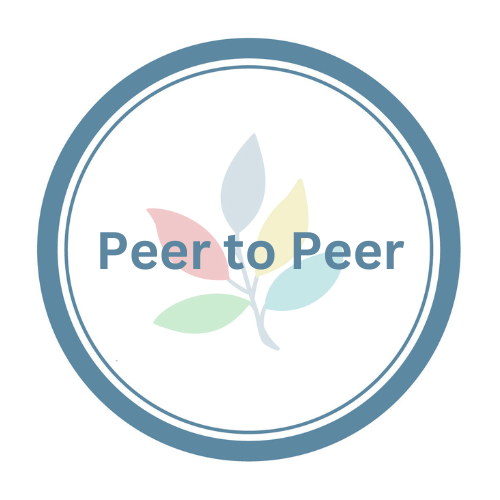Peer to Peer Program
The Peer to Peer Program is a multi-session series on core educational topics offered in an interactive and interprofessional small group context.
Program Goals & Completion Requirements
The Peer to Peer Program brings together small groups of clinical teachers with different professional backgrounds to learn with, from, and about each other. The primary objectives of the program are to provide clinical teachers with:
- An interprofessional small group setting: Through this program, participants have the opportunity to engage with colleagues from various disciplines within the Faculty of Medicine and learn from diverse perspectives.
- Flexible topics and delivery plan: The program aims to equip participants with the necessary skills to teach in a “choose your own adventure” format. Participants select a topic of their choosing from a recommended list and then facilitate a session for their fellow program peers. During each session participant facilitators have the opportunity to practice and refine teaching techniques while receiving constructive feedback from peers in a relaxed setting.
Participants are asked to attend all sessions (5-7) and lead the delivery of one of them. Once everyone in your cohort leads a session, we will host a catered graduation event.
Please click on the button below to sign up for the next Peer to Peer cohort.

Program Structure & Curriculum
The program’s structure revolves around small groups of up to six participants, facilitated by an experienced facilitator. The sessions are held over the course of a year, with each session lasting approximately 1.5 hours.
The first session is led by the facilitator who demonstrates interactive teaching, while teaching about giving feedback.
Each member of the small group leads one subsequent session, using interactive strategies to deliver a topic of their choice from a selection of core educational topics. The participants receive feedback and practice providing constructive feedback. Participants are supported in preparing their session.
Topics:
Empty Accordion
Optimizing the learning environment in a small group context
By the end of the session, learners will be able to:
-
- Address opportunities and challenges for teaching in a small group context
- Integrate learner’s educational experience into the learning plan
- Assist learners to develop specific, focussed learning goals
Optimizing the learning environment in a large group context
By the end of the session, learners will be able to:
-
- Address opportunities and challenges for teaching in a large group context
- Integrate learner’s educational experience into the learning plan
- Assist learners to develop specific, focussed learning goals
Optimizing the learning environment in a clinical context
-
- Address opportunities and challenges for teaching in a clinical context
- Integrate learner’s educational experience into the learning plan
- Assist learners to develop specific, focussed learning goals
Learner in difficulty
-
- Recognize and appropriately respond to a learner in difficulty
- Identify cognitive and non-cognitive contributory factors for learners in difficulty
- Discuss the principles of effective remediation and support for learners in difficulty
- Explore program resources for managing a learner in difficulty across health professions
Active learning and clinical reasoning
-
- Explore your ideas and current concepts underpinning active learning in the clinical setting
- Target teaching to the level of the learner
- Develop a questioning approach to promote clinical reasoning
Professionalism and teacher-learner relationships
-
- Describe expectations of professionalism related to teaching
- Describe characteristics of healthy teacher-learner relationships and boundaries in the health professions
- Outline strategies for teaching and promoting professionalism by teachers
- Describe (mis)treatment and its impact
Hidden curriculum
-
- Describe hidden curriculum and its implications in health professional teaching and culture
- Identify strategies to mitigate potentially negative influences of the hidden curriculum
Equality, equity and diversity in healthcare
-
- Describe the concepts equality, equity and diversity in the learning context
- Explore the implication of breaches in inclusivity
- Consider a range of response when there is a breach of inclusivity
Alignment of objectives, teaching and assessment
-
- Explain the connection between objectives, teaching, and assessment
- Create alignment between teaching and assessment in the clinical learning environment
Reflective learning for professional practice
-
- Describe reflective practice and its different variations
- Identify the skills required to achieve it
- Identify strategies to facilitate learners to reflect
Alternatively, a participant may propose their own topic, provided it aligns with the program’s foundational focus on health professions education. We offer many resources participants can draw from to get started, and the experienced facilitator is also there to help.